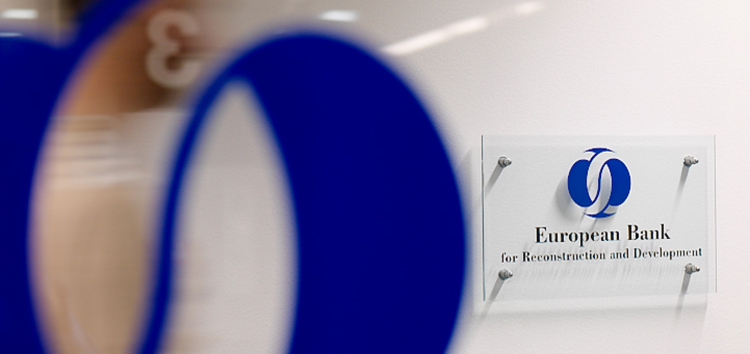BAKU, Azerbaijan, February 27. Economic growth in the southern and eastern Mediterranean (SEMED) region is projected to accelerate from 2.5 percent in 2024 to 3.7 percent in 2025 and 4.1 percent in 2026, according to the latest Regional Economic Prospects report by the European Bank for Reconstruction and Development (EBRD), Trend reports.
The recovery began in late 2024 following a period of subdued expansion, largely due to regional instability and a sharp economic contraction in Lebanon amid its conflict with Israel. However, while the outlook for the next two years is positive, the report warns of significant downside risks, including the potential for renewed conflicts, uncertainties in foreign aid and tariff policies, and climate-related shocks.
The report, titled Weaker Momentum Amid Fragmenting Trade and Investment, highlights global economic challenges, particularly the divergence between advanced European economies and the United States. It notes growing concerns over potential tariff increases on US imports and possible retaliatory measures from trading partners, which could dampen investment, disrupt supply chains, and weaken production.
The report outlines a scenario in which a universal 10-percentage-point increase in US import tariffs could lower GDP in EBRD regions by 0.1 to 0.2 percent in the short term. Among the most vulnerable economies are Hungary, Jordan, Lithuania, and Slovakia, due to their trade exposure to the US. Meanwhile, Bulgaria, Romania, and Slovenia are particularly susceptible to newly announced US tariffs on steel and aluminum.
Despite these risks, the EBRD remains optimistic about the SEMED region’s ability to sustain growth, provided that geopolitical stability improves and economic reforms continue.







